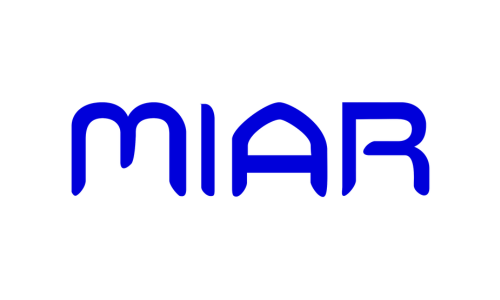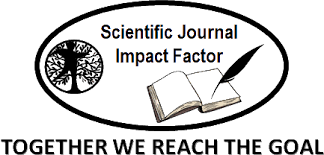THE INCORPORATION OF TEACHING CULTURE WITH TECHNOLOGY ENHANCES LEARNING ENGLISH AS A FL
Abstract
The aim of this paper is to highlight 1) the importance of culture in learning/teaching EFL, 2) the importance of technology competency in language teaching/learning, and 3) enhancing learning/teaching English through integrating teaching culture and technology. Though culture and language learning/teaching are inseparable, culture was underestimated during the past decades. But recently, the role of culture in language learning/teaching has changed a lot. It has become an integral part of language learning, considered by some scholars as the fifth language skill. To be successful, it is vital to make students able to appreciate culture of those people who speak that language. This paper will try to give answers to the following: how, when, how often, what, why … do teachers teach cultural issues; how they integrate teaching culture with the use oftechnological tools; to what extent media technology is incorporated in teaching culture; etc. All these are discussed among student-teachers, at “A. Xhuvani” University of Elbasan, Albania, NIU students and students from 9-year schools. Due to different opinions and various perceptions gathered from questionnaires, interviews, fieldwork, observations and simulations, this paper provides ideas about how to help student-teachers face challenges of their future profession. This is a challenge not only for student-teachers and in-service teachers, but for educators, who deal with teacher preparation as well. Finally, this study indicates the need for further additional research on the interaction of culture and technology in teaching and learning English as a FL and at the same time it indicates the need for technology teacher training.
References
Athmane, B. (2016). Teaching Culture through Technological tools, to develop students’ communicative competence, Unpublished Study, University of Biskra, Algeria
Barnett, J. (2011).“High-Tech Teaching in a Low-Tech Classroom” taken from:https://www.edweek.org/tm/articles/2011/08/10/barnett_hightechteaching.html, Retrieved, February, 2019.
Chisholm, M. I. (1994). Culture and Technology: implications for multicultural teacher education, Journal of Information Technology for Teacher Education, 3:2, 213-228.
Kovalchick, A. and Dawson, K. (2003). “Education and Technology, and Enciclopedia” Publisher ABC- CLIO, California
Lazar, I. (Ed.), (2003). Incorporating intercultural communicative competence in language teacher education, ECML, Council of Europe.
Samovar, L. A., Porter, R. E. & Jain, N. C., (1981). Understanding Intercultural Communication, Belmont, CA, Wandsworth Inc.
Seelye, N.H., (1997), Teaching Culture: Strategies for Intercultural Communication,Chicago, National Textbook Company
Shelly, B. G., Gunter, A. G. & Gunter, E. R (2010). “Teachers Discovering Computers: Integrating Technology and Digital Media in the Classroom, 6th Edition (Shelly Cashman Series)”. Publisher: Course Technology, US.
Tafani, V. & Vavla, L. (2015). Teaching Skills, Shtëpia Botuese “Pegi”, Tirana, Albania
Downloads
Published
How to Cite
Issue
Section
License
Declaration/Copyright transfer:
1. In consideration of the undertaking set out in paragraph 2, and upon acceptance by ANGLISTICUM for publication of the manuscript in the Journal, I/We hereby assign and transfer publication rights to ANGLISTICUM, whereas I/We retain the copyright for the manuscript. This assignment provides ANGLISTICUM the sole right and responsibility to publish the manuscript in its printed and online version, and/or in other media formats.
2. In consideration of this assignment, ANGLISTICUM hereby undertakes to prepare and publish the manuscript in the Journal, subject only to its right to refuse publication if there is a breach of the Author’s warranty in paragraph 4 or if there are other reasonable grounds.
3. Editors and the editorial board of ANGLISTICUM are empowered to make such editorial changes as may be necessary to make the Manuscript suitable for publication.
4. I/We hereby acknowledge that: (a) The manuscript submitted is an original work and that I/We participated in the work substantively and thus I/We hereby are prepared to take public responsibility for the work; (b) I/We hereby have seen and approved the manuscript as submitted and that the manuscript has not either been published, submitted or considered for publication elsewhere; (c) The text, illustration, and any other materials included in the manuscript do not infringe upon any existing copyright or other rights of anyone.
5. I/We hereby indemnify ANGLISTICUM and the respective Editors of the Journal as mentioned in paragraph 3, and hold them harmless from any loss, expense or damage occasioned by a claim or suit by a third party for copyright infringement, or any suit arising out of any breach of the foregoing warranties as a result of publication of the manuscript.













